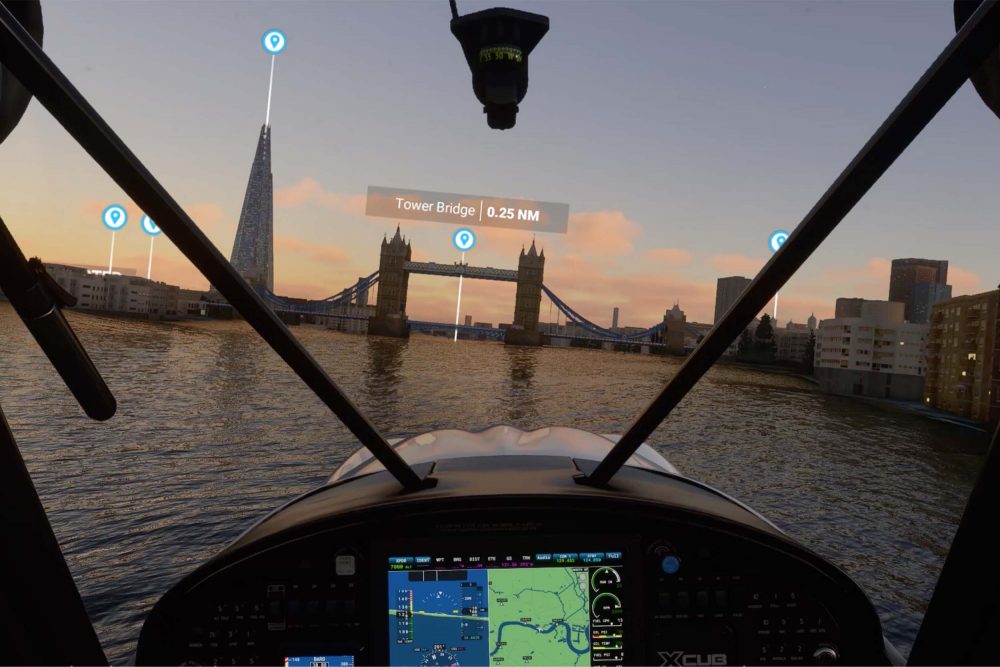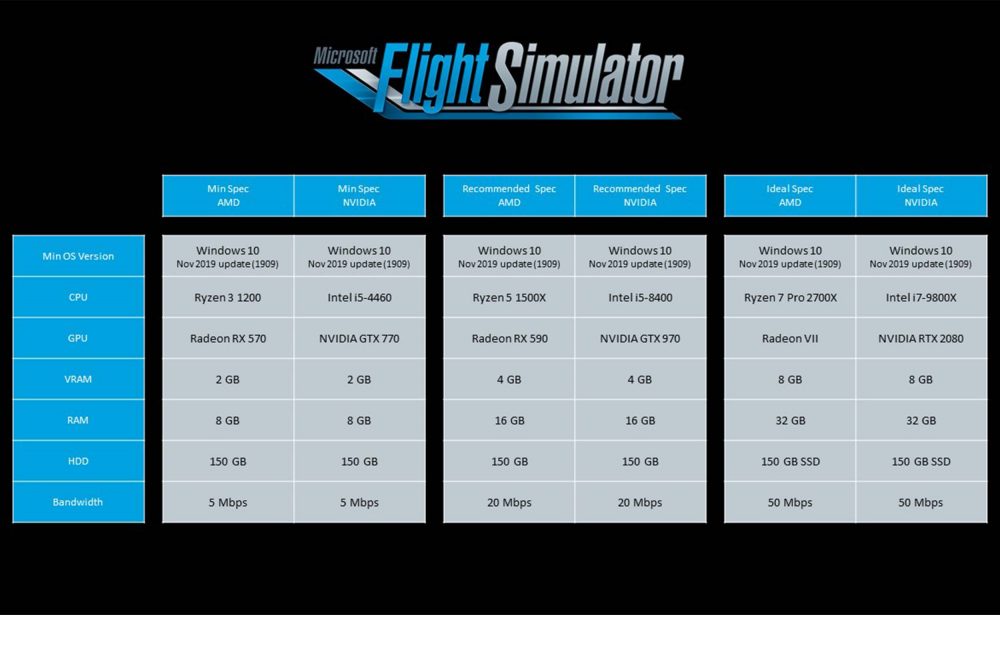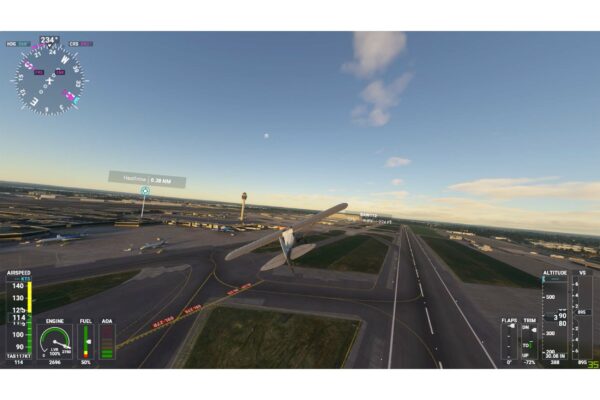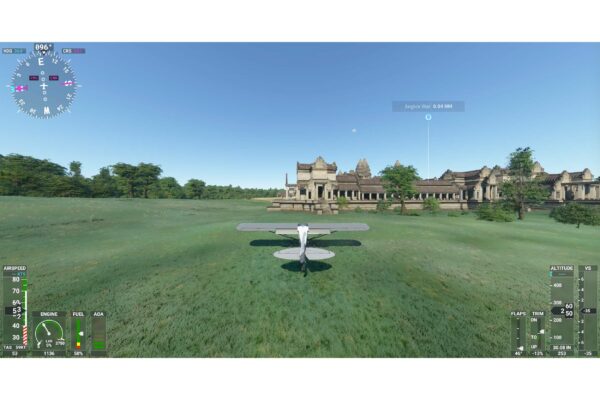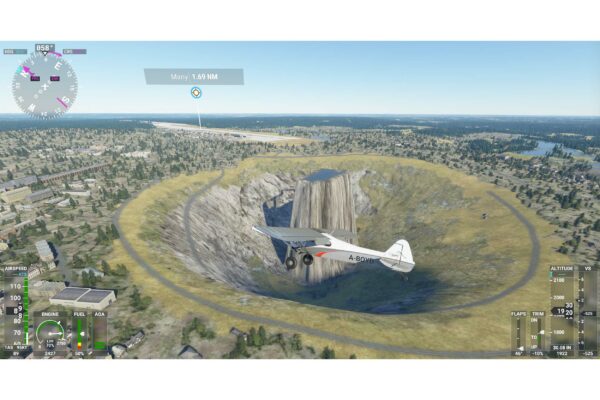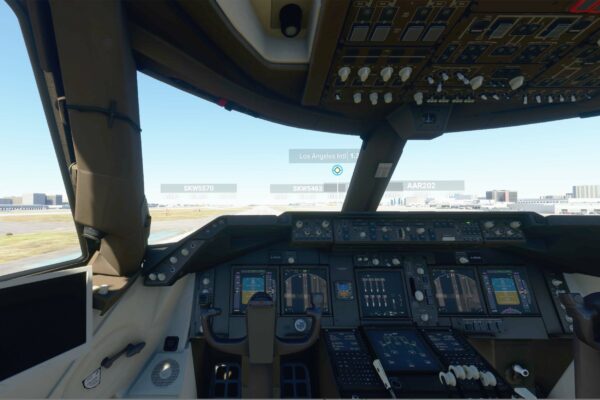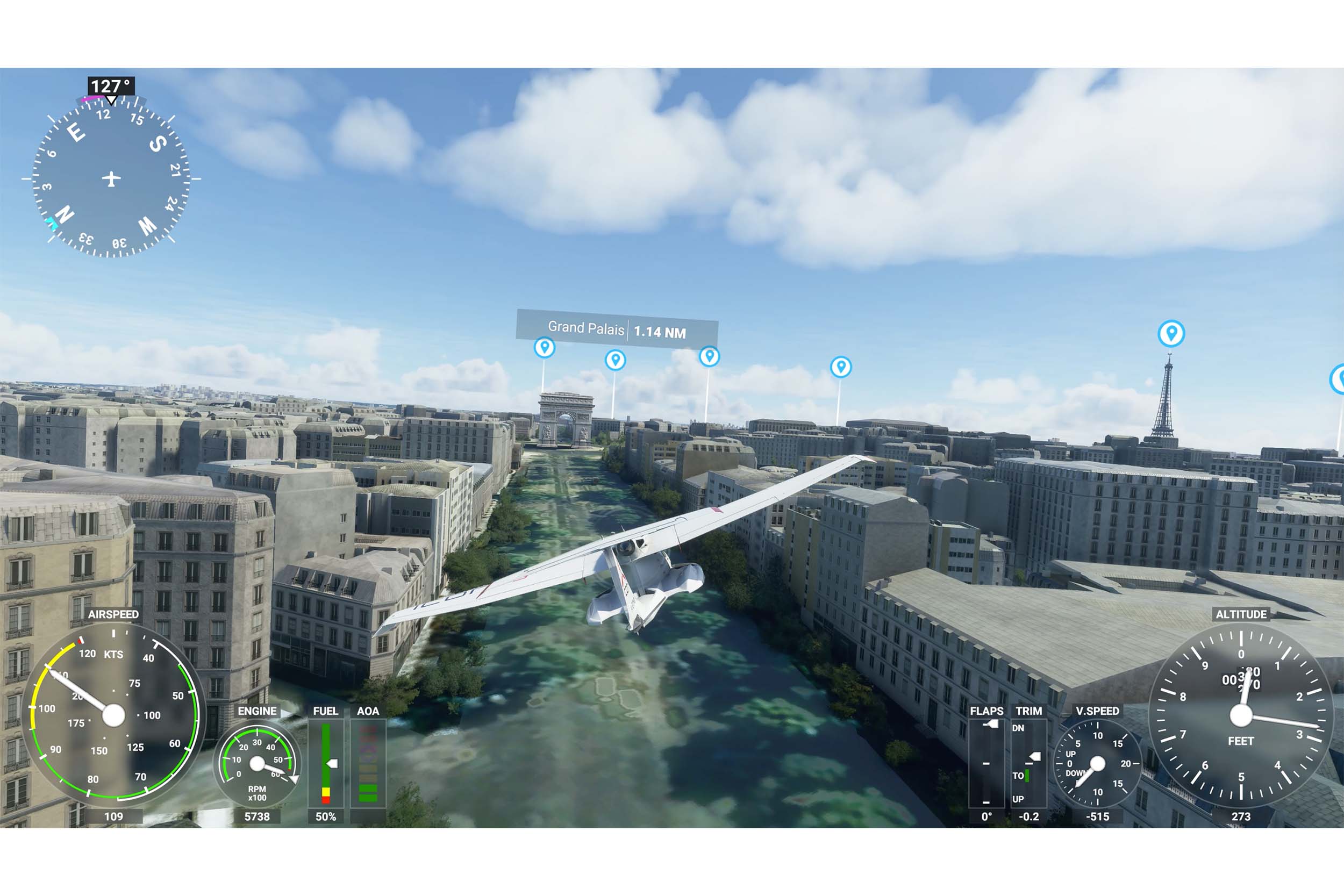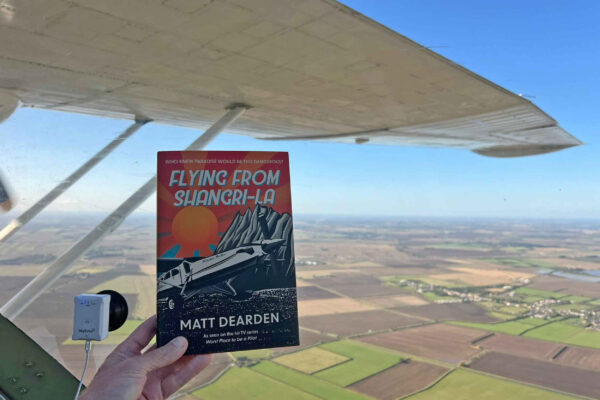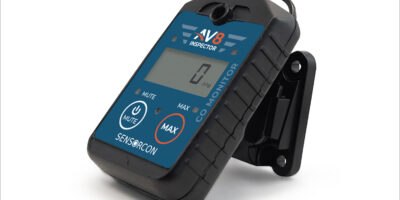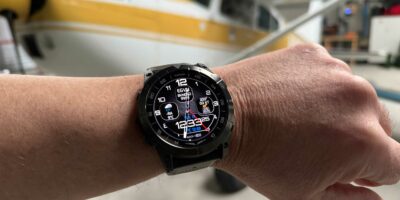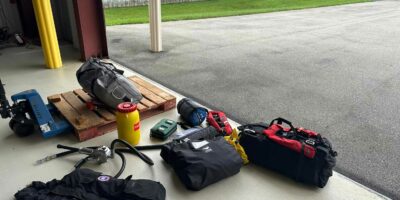From the outset I had problems achieving the ‘best’ looking version of the software, called Ultra. My brand new gaming rig couldn’t keep up with the huge graphics demand. Disappointed, I kept on and decided to approach my reviews as someone who had basically got the game and wanted to get flying. If you weren’t aware, there’s an enormous world of true sim pilots and ATC sim controllers.
They’ve got dedicated rigs, monitors, headsets, joysticks and yokes. But that wasn’t me, I was a real pilot going back to basics. Sure, I’d played Microsoft Flight Simulator on my Apple IIc in the 1980s, but this was now a simulator as powerful as the full motion simulators I fly at work for my annual checks and training. I was jumping back into this nearly as new as someone playing it for the first time.
The current iteration of Microsoft Flight Simulator finds its roots in the 1982 origins and has at least three levels of keyboard commands to control every aspect of the aircraft operation. For example, to adjust the seated view looking over the front panel can take a combination of Left ALT -or- Right ALT buttons.
Every Shift, CTL and F-Key leads to something new. This is in addition to the almost infinite mapping ability available to all the peripherals. This adds quite a layer of complexity for someone entering the sim world at home. Even in 2020 this is still not just a simple ‘plug and play’ exercise. Control panels for monitor resolution, driver resolution and then yet another resolution control inside the game make tweaking the software great for an expert and intimidating for the novice.
From the wide array of aircraft available, I found myself using the XCub and the Boeing 747 for most of my flying. I have over 10,000 hours in Boeings and figured I could jump right in and get going with limited trouble. Beyond the technical issues of my new PC I was now dealing with the technical issues of the preview software. I fully expected this, but was still disappointed that basic functions like the Flight Management Computer (FMC) and Mode Control Panel (MCP) didn’t work yet. For an aeroplane like an Airbus or Boeing these are vital to operating the aircraft – and I immediately defaulted to not trying to fly from the cockpit. Using MSFS from a first-person point of view who is sitting in a virtual cockpit, I didn’t feel like I had enough of the same field of view that I was used to in the actual cockpit. For me, I prefer flying using the Head Up Display version, as I can still physically fly and see the graphics outside as intended. While this ‘gamers’ view had me at odds with the sim community pilots, I did find it closer to a typical cockpit view at home.
This is where the current iteration diverges for many. The future version for the Xbox gaming system will allow a simplified experience that will appeal to many first-timers. The dedicated sim pilots are going to find the deep customisation familiar, but will also be frustrated with cockpits that don’t fully work yet. This will all be fixed in time and even the full release version still has issues, but it really doesn’t matter to the average user. I ask myself, how many 747 pilots are downloading this and giving up because you can’t load the FMC?
Visual mapping data
Just like previous versions, third-party content packs are going to enhance this FS2020 world along with Microsoft and Asobo expanding on the visuals. It’s the simulator for everybody. If you just want to scream around at 50ft and fly around buildings without crashing, you can do that. And, you can also make a full flight from Los Angeles to Sydney using real-time weather and in real time. It’s a masterful way of using Bing’s visual mapping data to create an Earth viewer that also has practical uses – at least for pilots.
For ‘real life’ pilots, the future support for virtual reality headsets will help open this up for more flight training and practice purposes.
I showed my son how to fly across Salisbury Plain in search of Stonehenge using just dead reckoning and a basic map. There’s a built-in instructor and training program that works fairly well.
The frustrations of the PC world mean that you can’t easily just move your head and look outside, you can’t see the runway edges in your peripheral vision without using third party add-ons like TrackIR/DelanClip/TrackHat or becoming adept at using the throttle, yoke, keyboard and mouse all at once.
For many of us who fly for pleasure the ability to go out and fly VFR or practise IFR approaches at home in full colour and with real weather is going to be a game changer for training. The ability to ‘chair’ fly in the flight school or at home isn’t new, but now there’s a real-time visual database with real weather. There’s constant ATC chatter in the background with radios that can be tuned. It’s not all new, but it’s significantly updated.
Microsoft is including the base version with Xbox Game Pass and that’s an everyman version and a great way to introduce people to flying. In the middle of COVID-19 restrictions, it’s also an amazing way to travel and see the planet. Will mum want to sit around the telly watching dad fly around the Great Pyramid? Probably not, but you can truly fly anywhere and see anything that’s visible. The bugs will get worked out and the data will be fixed, but that’s not to say there won’t be frustrations in set-up and preparation, starting with the 100 GB game download and talk of thermal cooling units for your PC.
For just about anyone interested in flying, I’d recommend starting with the PC that you have, then adding on as you decide what is worth it to you.
The computing power required to truly experience 4K 60 HDR visuals is on the high end for even the most determined sim pilot. As to the controls, I preferred using the Honeycomb Aeronautical yoke and a mix of Thrustmaster devices. I found that manufacturers’ Airbus Edition sidestick to be a great all-in-one device as it has a built in throttle and really is my favourite right now, and that’s coming from a Boeing pilot…
If budget allows, then I’d also recommend the Thrustmaster Pendular Rudder for that true control feeling. It really is quite an achievement and I find myself turning it on just to fly somewhere new. If you have the budget then the add-ons are a brilliant addition.
It’s not perfect yet and it’s got some glaring issues with commercial aircraft flight systems and scenery glitches, but I truly believe these will be sorted out by Microsoft and Asobo or by third-party vendors. That may come at an added cost to truly spec this program out, but that cost will be a level of realism that’s going to be hard to achieve outside of an actual airline flight simulator.
• Check out the AIRBOYD YouTube channel for the full experience of Boyd’s aviation and aerospace content.


